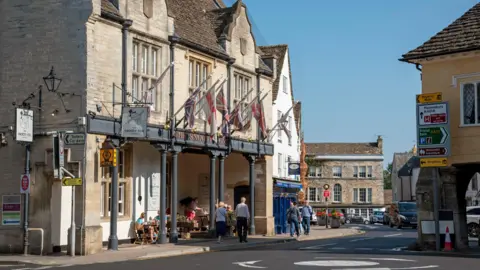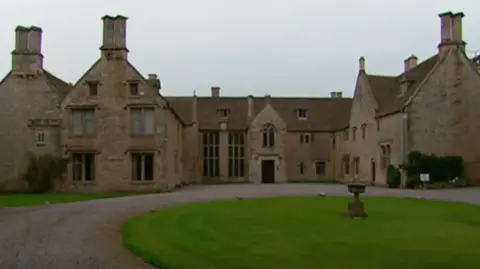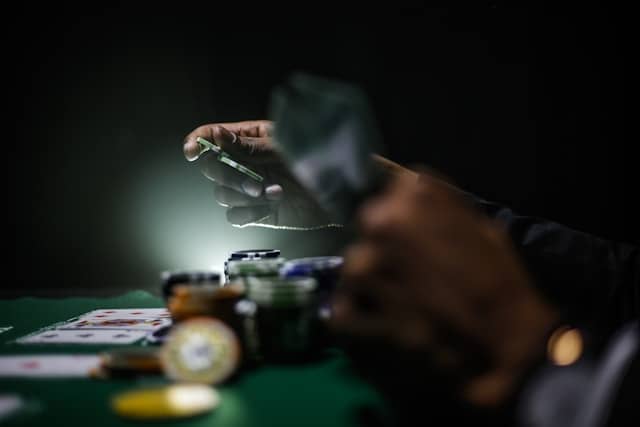World
Cotswolds town played ‘top secret’ role in D-Day

Emma Grimshaw,Vernon Harwood
 Google Maps
Google MapsA small Cotswold town played an instrumental role in the D-Day landings that was “top secret”.
Ceremonies are being held this week to mark the 80th anniversary of the Normandy landings, the largest seaborne invasion in history.
Despite Tetbury’s vital role in the famous battle, very few residents knew in 1944 that their town hosted the supreme allied commander, Dwight Eisenhower. He used Chavenage House as a base for 600 American soldiers, who were planning the attack ahead of June 6.
“No one outside the walls of this house knew anything about it at all,” Caroline Lowsley-Williams, one of the owners and current residents of Chavenage House.
“Life went on as normal, except for the excitement of having the Americans around.
“To have things like chewing gum was so exciting. The women folk enjoyed seeing quite a lot of young men.
“It was all top secret.”
At the quiet Cotswolds estate, the army designed maps for the Normandy landings.

“The whole planning for D-day was based on maps,” said Caroline’s brother, George Lowsley-Williams.
“Without maps you can’t do anything. These people were specialists – every bit of detail that they knew, the Germany defences, the topographical conditions, the weight the sand could take for military vehicles were added to the maps so they could do their planning.”
D-Day was the largest military naval, air and land operation ever attempted, and marked the start of the campaign to liberate Nazi-occupied north-west Europe.
It involved the simultaneous landing of tens of thousands of troops on five separate beaches in Normandy.










